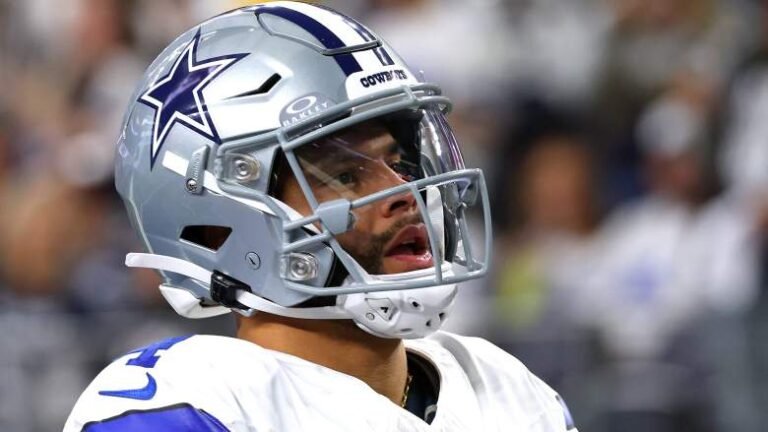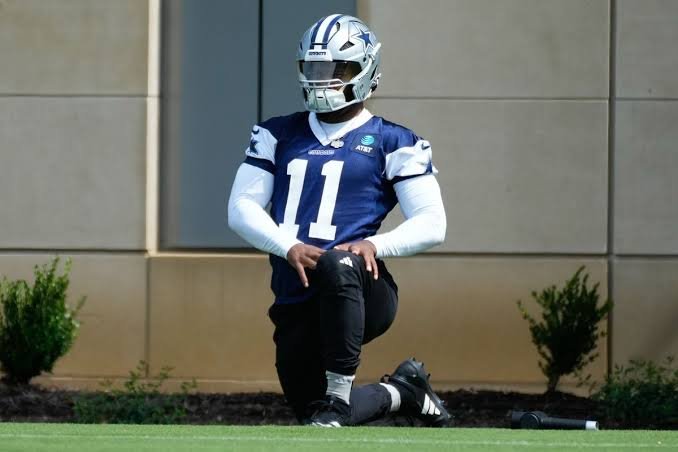
The NFL’s Wide Receiver Market: Worth the Splurge?
The NFL landscape continues to evolve, with the wide receiver position taking on increasing importance in offensive strategies. The recent influx of top-level wide receivers, both through the draft and free agency, is prompting teams to reconsider the value of investing heavily in these game-changing athletes. As teams evaluate their rosters and salary caps, the question looms: Is it worth paying a premium for an elite wide receiver?
The Rising Talent Pool
In recent years, the NFL has seen an unprecedented surge of talent at the wide receiver position. College programs are producing more NFL-ready receivers than ever, thanks to sophisticated offensive schemes that emphasize passing. This year’s draft alone featured a bumper crop of wideouts, many of whom are expected to make immediate impacts. Players like Ja’Marr Chase, Jaylen Waddle, and DeVonta Smith have quickly become cornerstones for their respective teams, showcasing the potential for young receivers to elevate an offense almost instantly.
Impact on Team Dynamics
Elite wide receivers bring a multitude of benefits to a team. They can stretch the field, drawing double teams and creating opportunities for other players. A true number one receiver can be a quarterback’s best friend, providing a reliable target in clutch situations and boosting the overall efficiency of the passing game. The presence of a star receiver can also dictate defensive game plans, forcing opponents to adjust their schemes and personnel to counter the threat.
However, the reliance on a single top-tier receiver can also have downsides. Injuries, double coverage, and game plans specifically designed to neutralize a star wideout can diminish their impact. Furthermore, investing heavily in one player can strain a team’s salary cap, potentially limiting the ability to build a well-rounded roster.
Financial Considerations
The financial landscape of the NFL is such that top receivers command significant salaries. Recent contracts for players like Tyreek Hill, Davante Adams, and Cooper Kupp reflect this trend, with each securing deals that exceed $20 million annually. This level of investment is justified by their production on the field, but it also raises questions about the opportunity cost.
Paying a premium for a wide receiver can constrain a team’s budget, affecting their ability to address other key areas such as the offensive line, secondary, or depth at other positions. Teams must weigh the immediate benefits of having an elite receiver against the long-term implications for roster construction and cap management.
#### The Case for and Against Splurging
Proponents of investing in top-level wide receivers argue that these players are essential to modern NFL offenses. The passing game is more prominent than ever, and having a dominant receiver can be the difference between a good offense and a great one. Additionally, star receivers can elevate the play of their quarterbacks, making the entire offense more potent.
On the other hand, some experts advocate for a more balanced approach. They point to teams like the Kansas City Chiefs, who have found success with a combination of a star receiver (Tyreek Hill) and depth across other positions. The argument is that spreading the financial resources allows for a more resilient and versatile team, capable of withstanding injuries and adapting to different game scenarios.
Looking Ahead
As the NFL continues to prioritize the passing game, the demand for elite wide receivers will remain high. Teams will need to carefully consider their strategies, balancing the allure of a star receiver against the practicalities of salary cap management. The influx of talented wideouts entering the league provides both opportunities and challenges, making the decision to splurge on a top receiver more complex than ever.
In conclusion, while the value of a top-level wide receiver is undeniable, teams must navigate the intricacies of financial constraints and roster balance. The continued influx of high-caliber receivers ensures that this debate will persist, influencing team strategies and the broader dynamics of the NFL for years to come.


